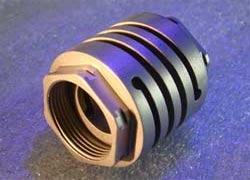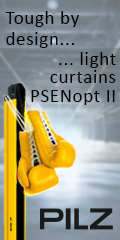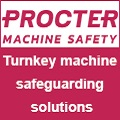
Posted to News on 6th May 2008, 20:40
What are the advantages of machined springs?
Abssac explains what advantages machined springs offer over conventional wire wound types.

All types of spring - such as compression, extension, torsion, lateral translation and lateral bending springs - are available as machined types as well as the traditional wire wound format. However, from this point the similarities between wound and machined springs end, with machined springs offering numerous advantages.
Machined springs can provide very precise, linear deflection rates because virtually all residual stresses are eliminated. As a result, there are no internal stresses to overcome before deflection occurs, which can be the case in wire wound springs. In addition to this, multiple-start spring coil configurations can be machined.

Multiple benefits of multiple-start springs
Multiple-start spring elements are beneficial because they not only provide redundant elastic elements should a failure occur, but also a failed element (coil) will be physically trapped by the remaining one(s) and in many cases will enable reduced functioning of the spring. Another multi-start benefit applies to compression and tension springs, as when compressed (or extended), single-start springs provide a reaction force plus a moment. On multiple-start flexures, all internal moments are resolved within the spring itself, which translates into excellent compression or extension parallelism. There is no tendency for the spring to squirm when deflected, and no restraint is necessary to resolve the free moment. Double- and triple-start variants make the loading points irrelevant on the radius of the spring but increase the accuracy of parallelism.

Follow the link for more information, an explanatory movie, and example applications of machined springs.
Photos
These show (top to bottom):
- A typical machined spring with integral features for connecting to adjoining components
- A machine tool application in which a four-part assembly (left) was replaced by a one-piece machined compression spring (right)
- A commercial clutch in which a five-part assembly (right) was replaced by a one-piece machined torsion spring
Want the latest machine building news straight to your inbox? Become a MachineBuilding member for free today >>















